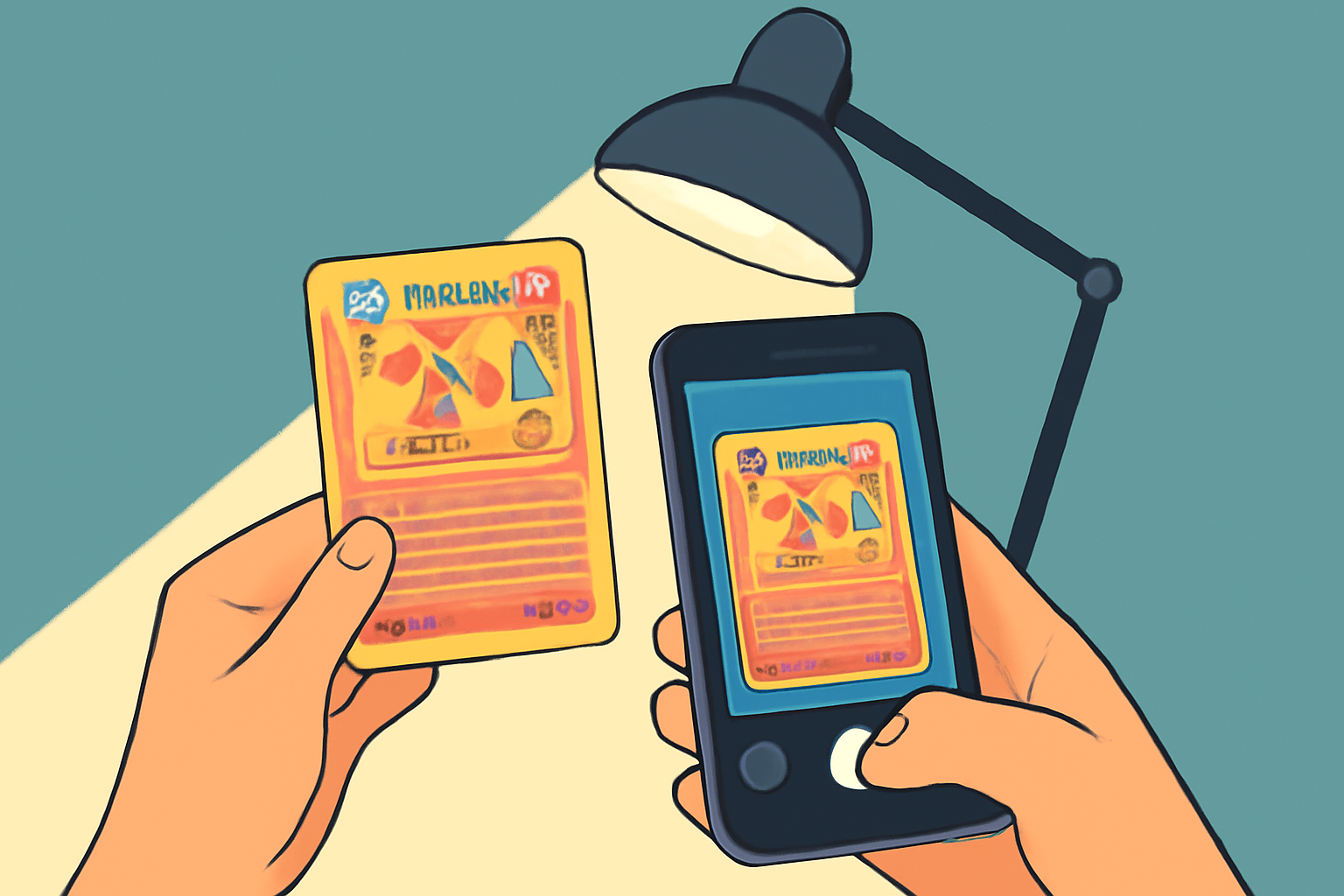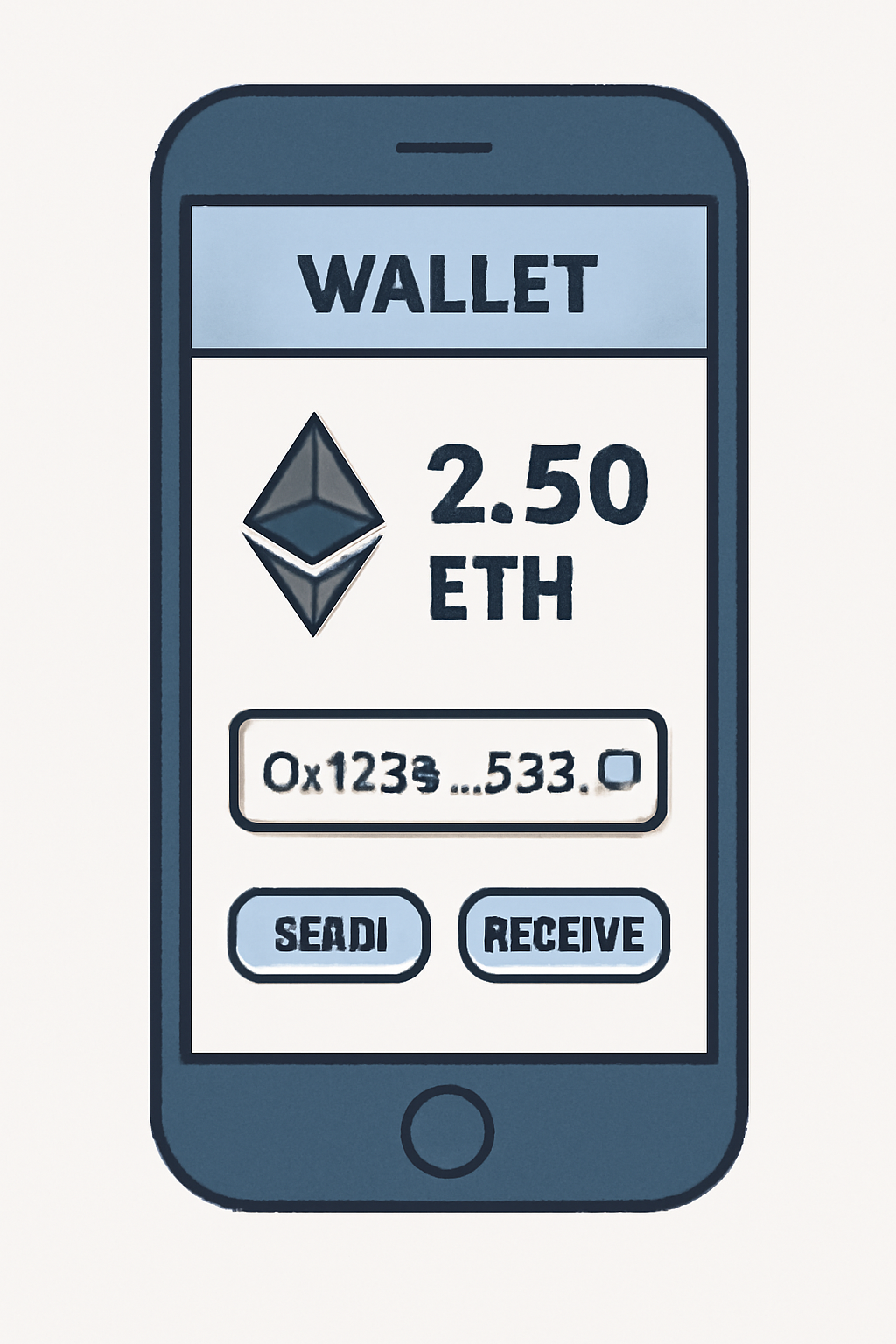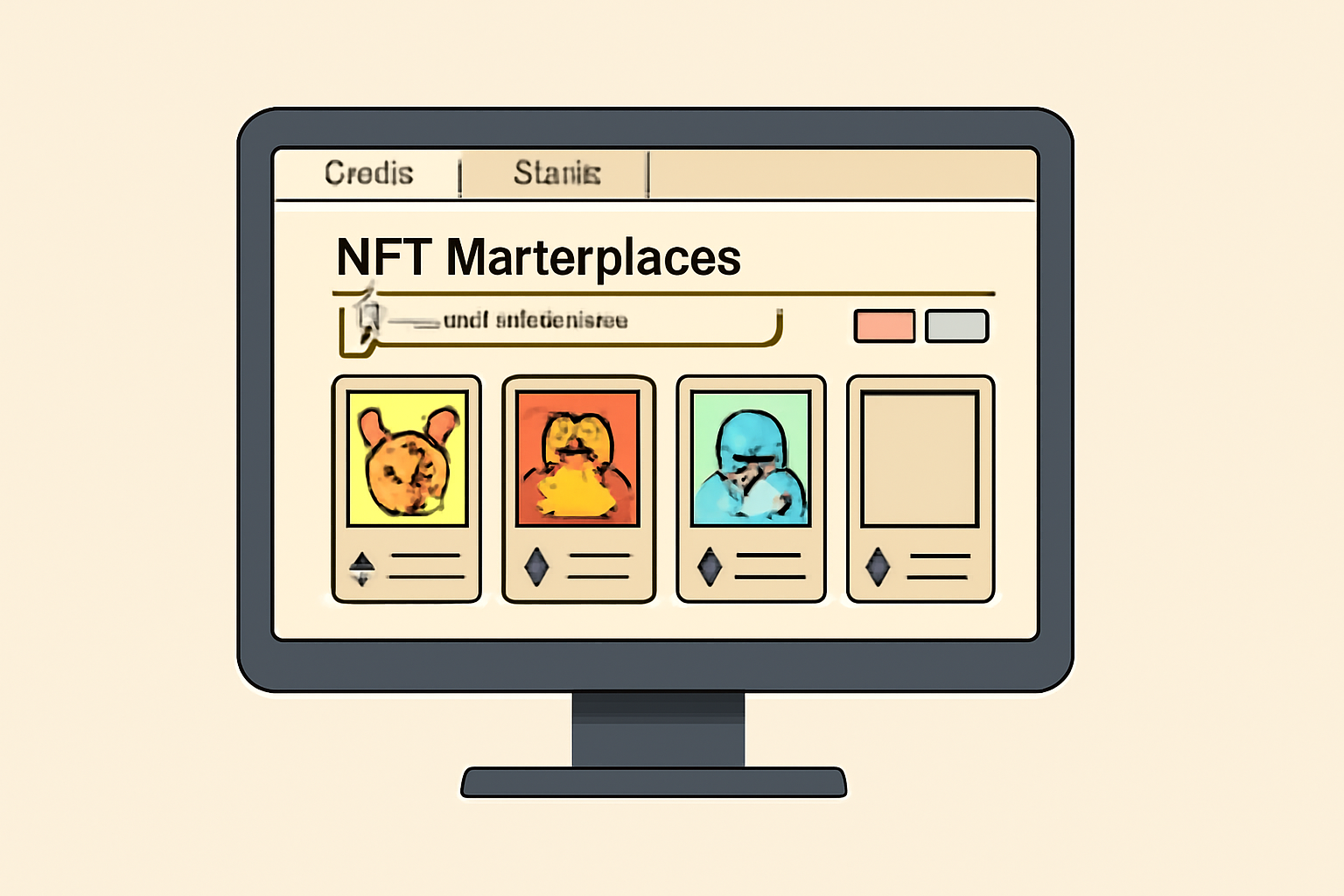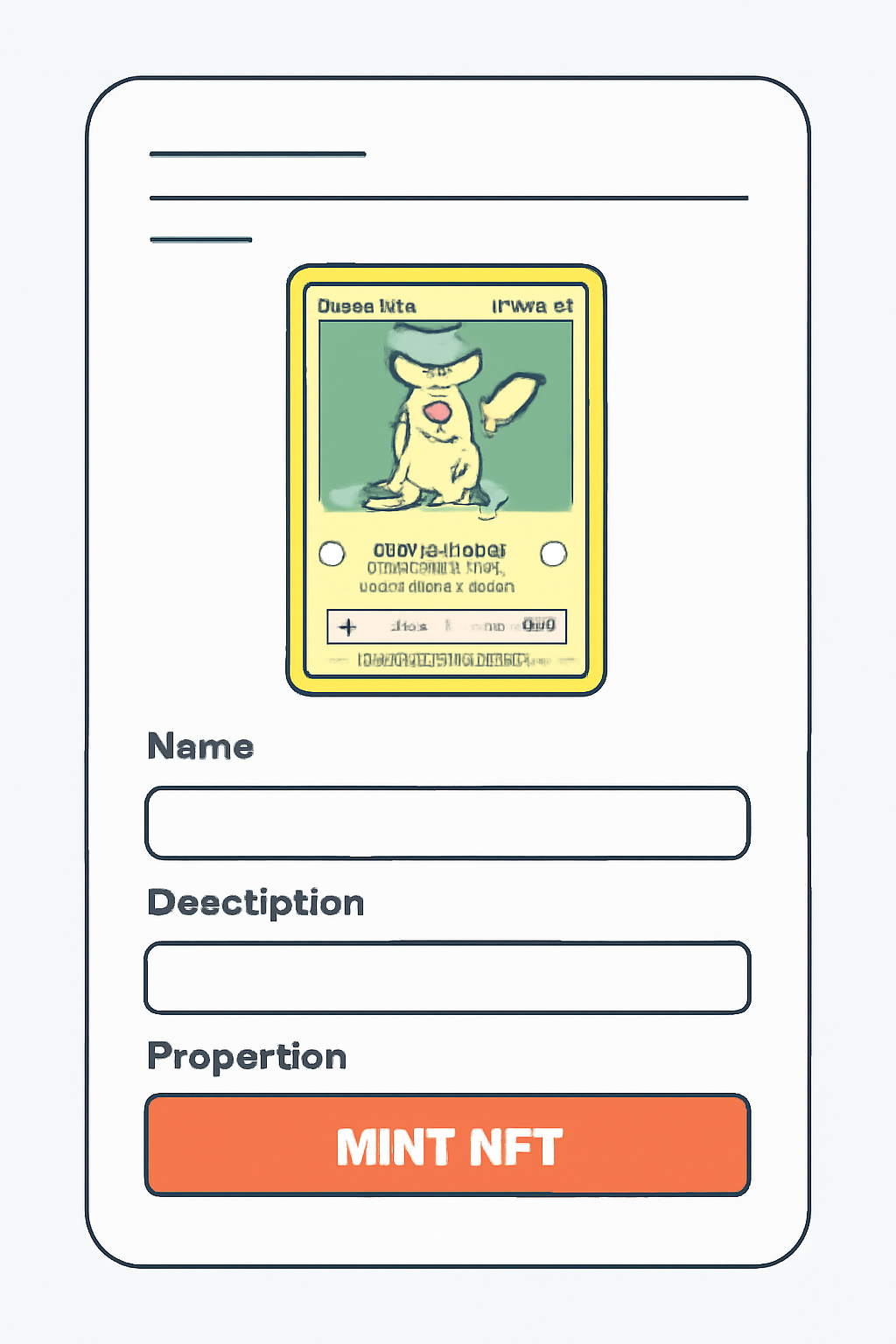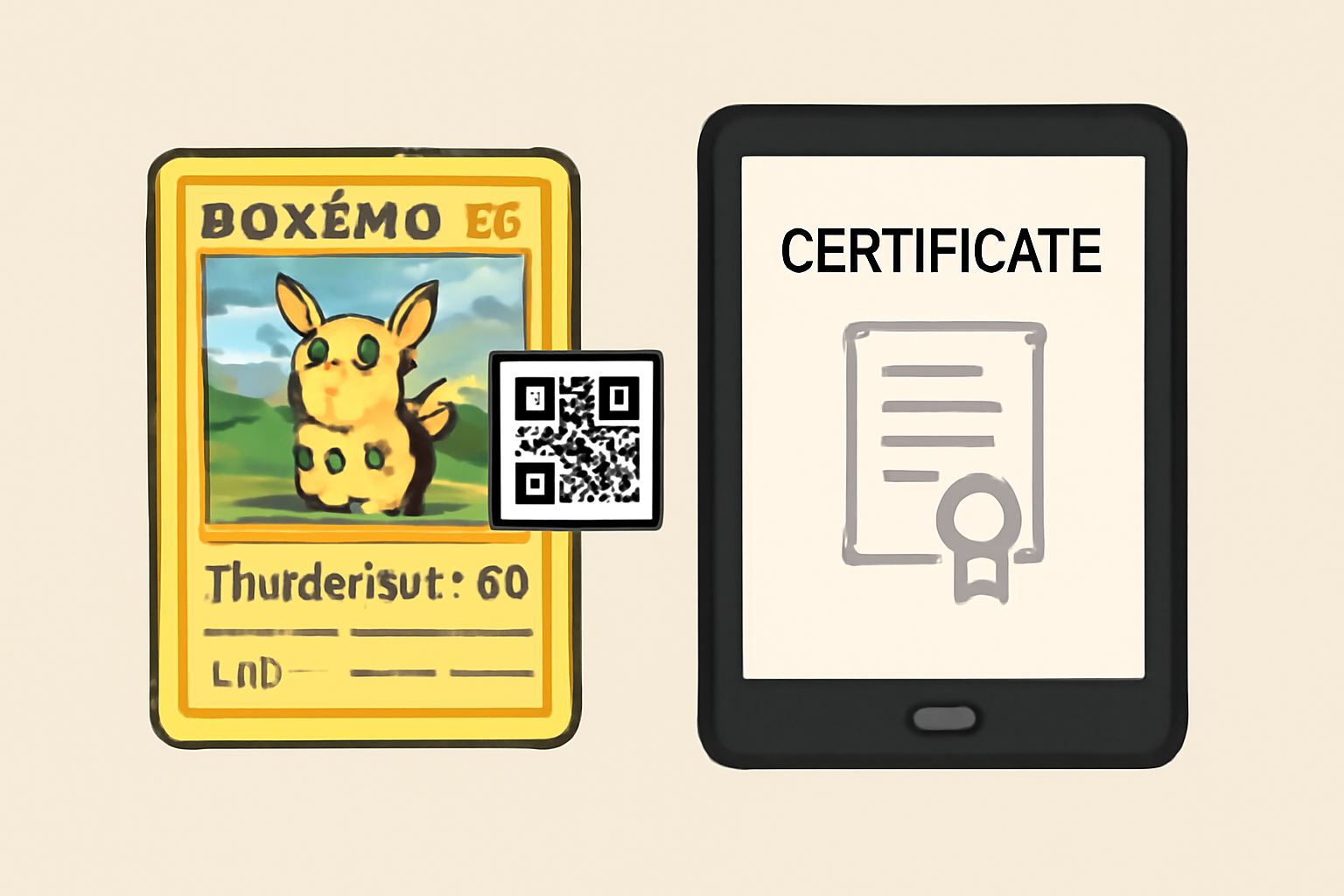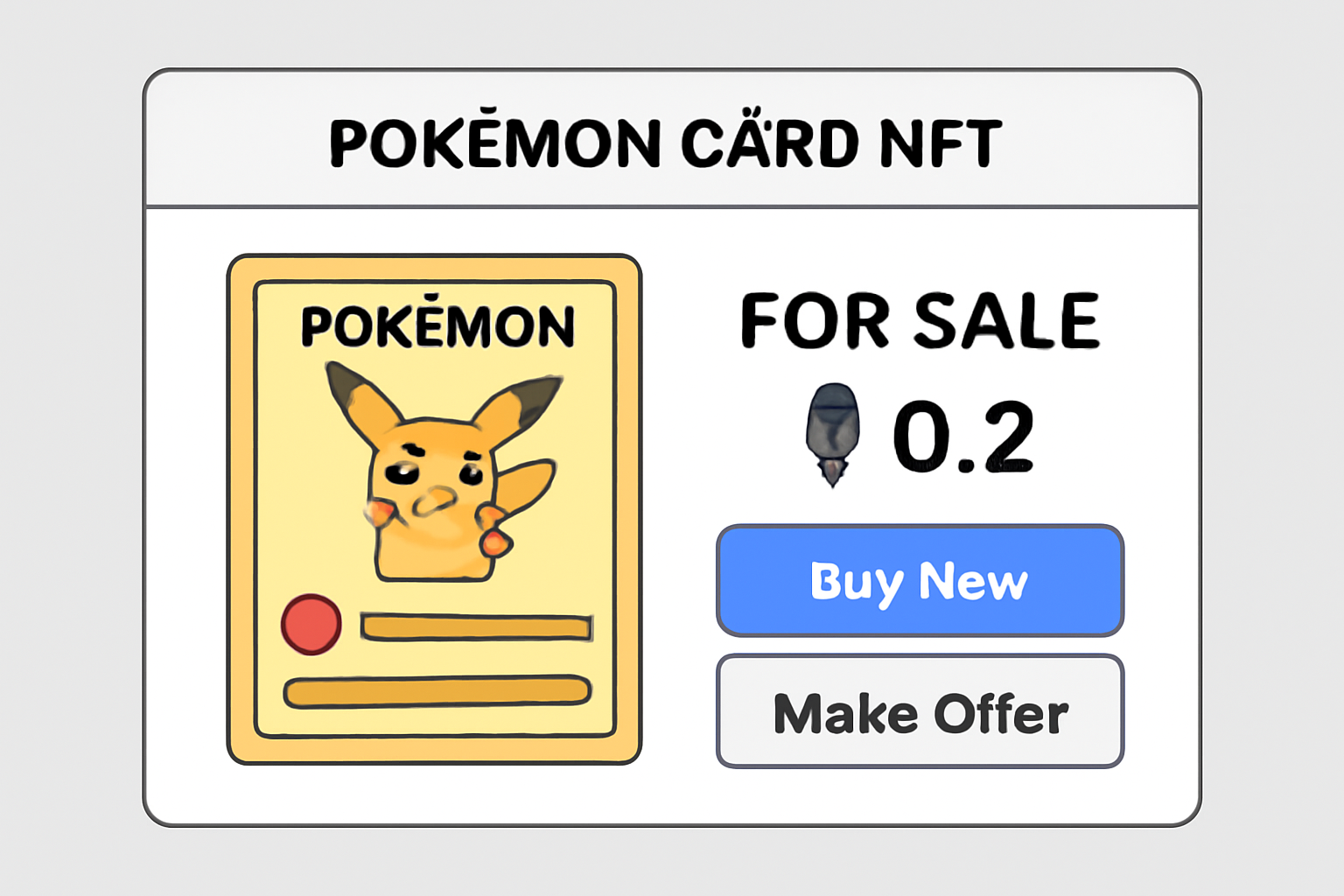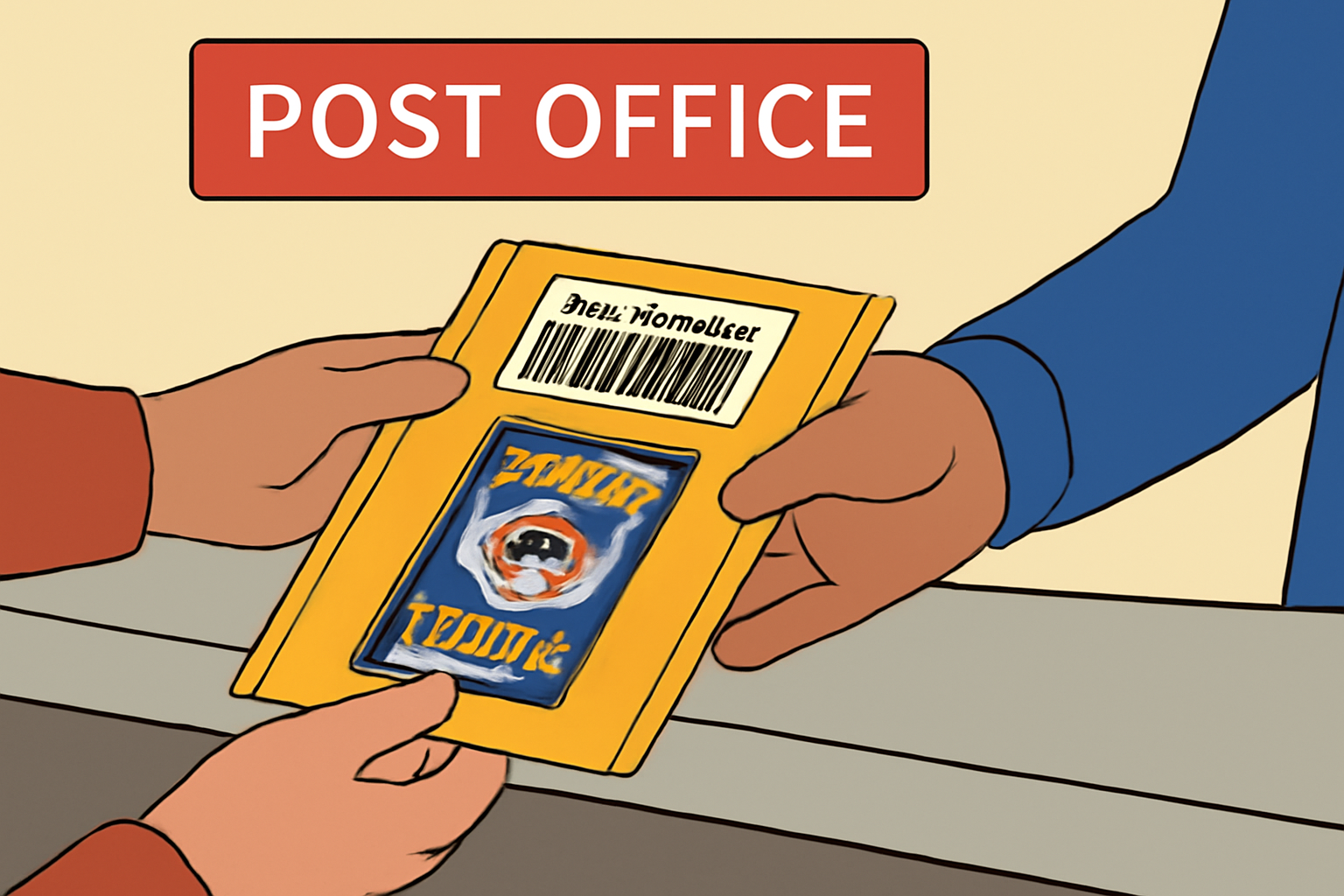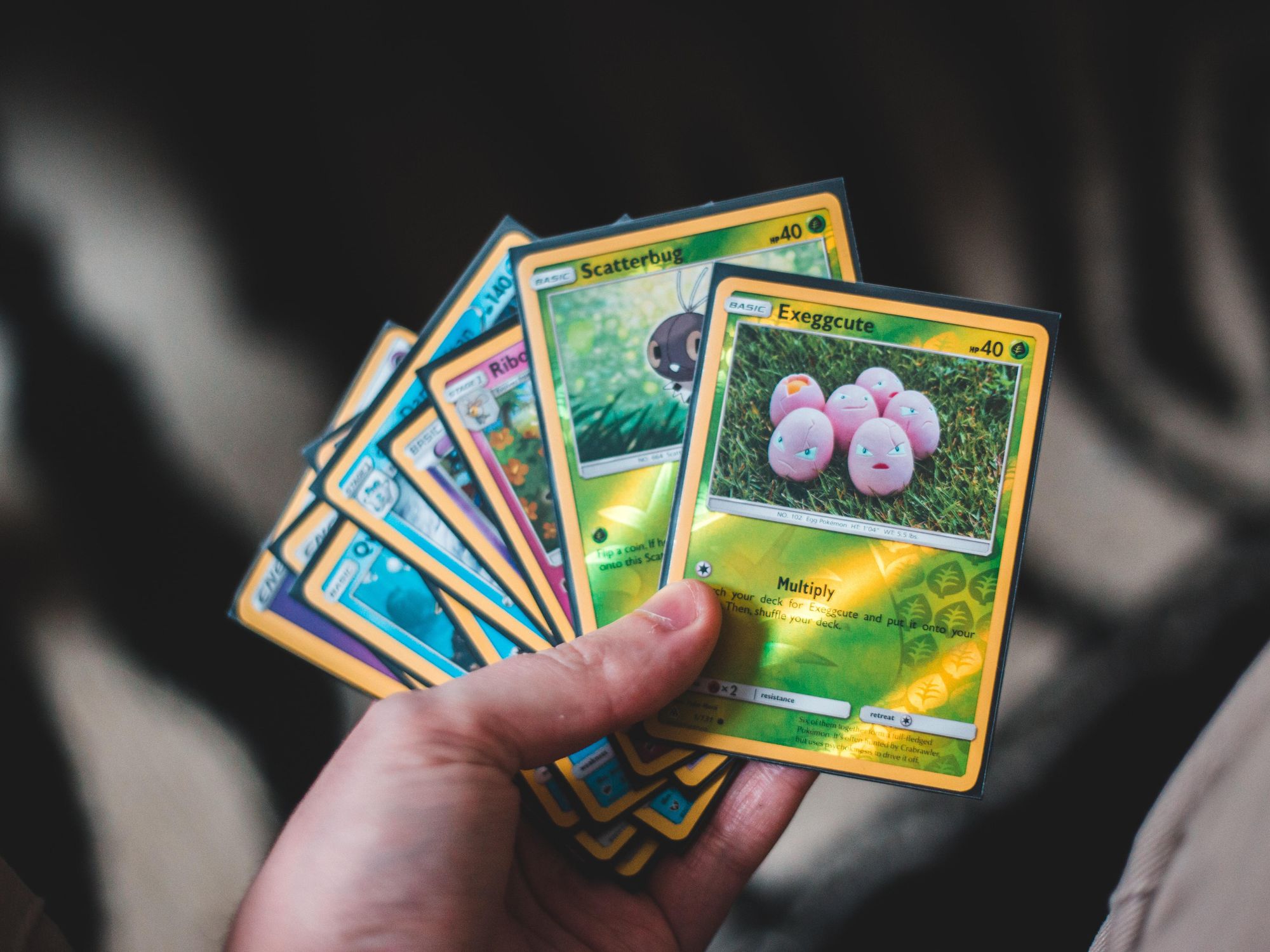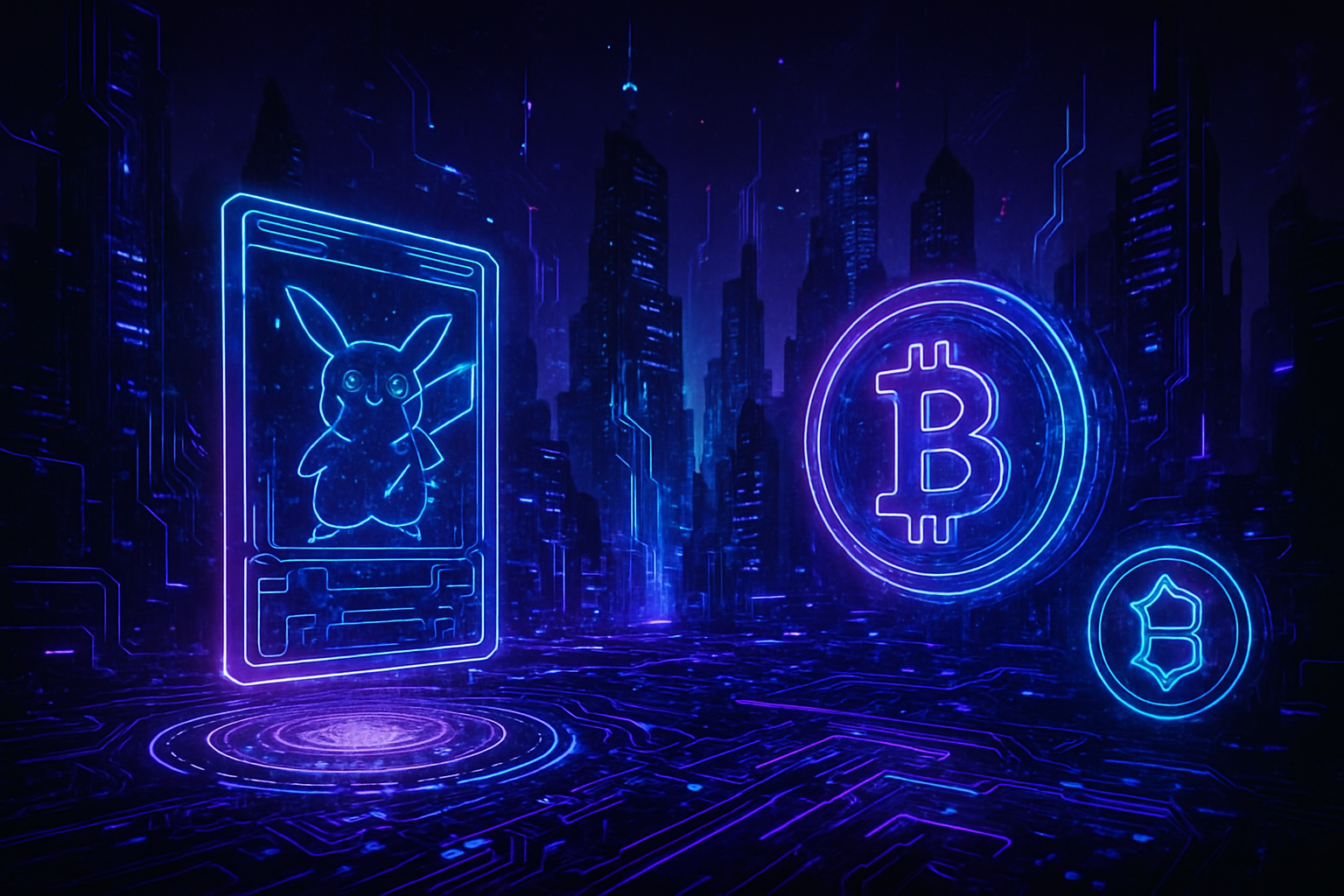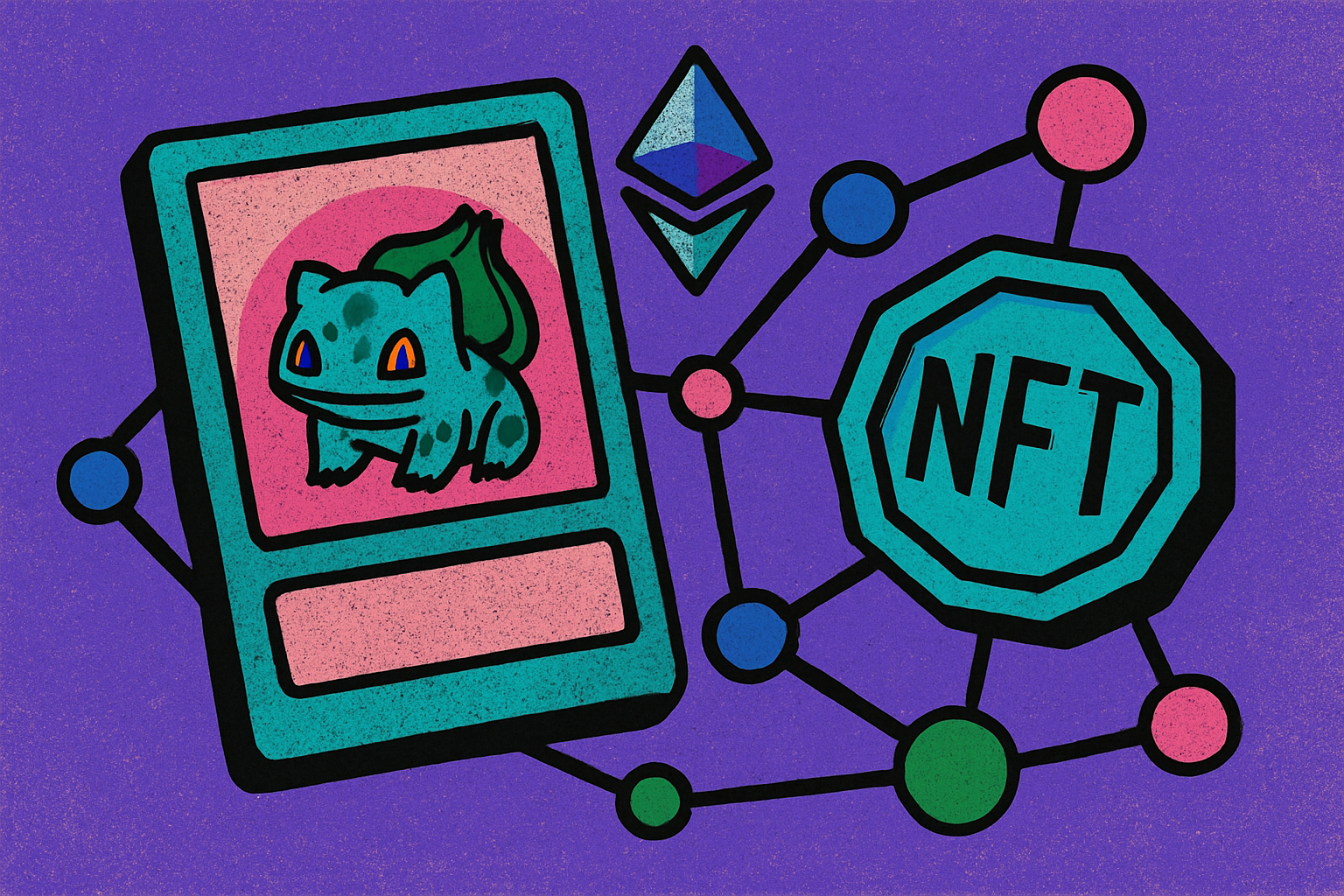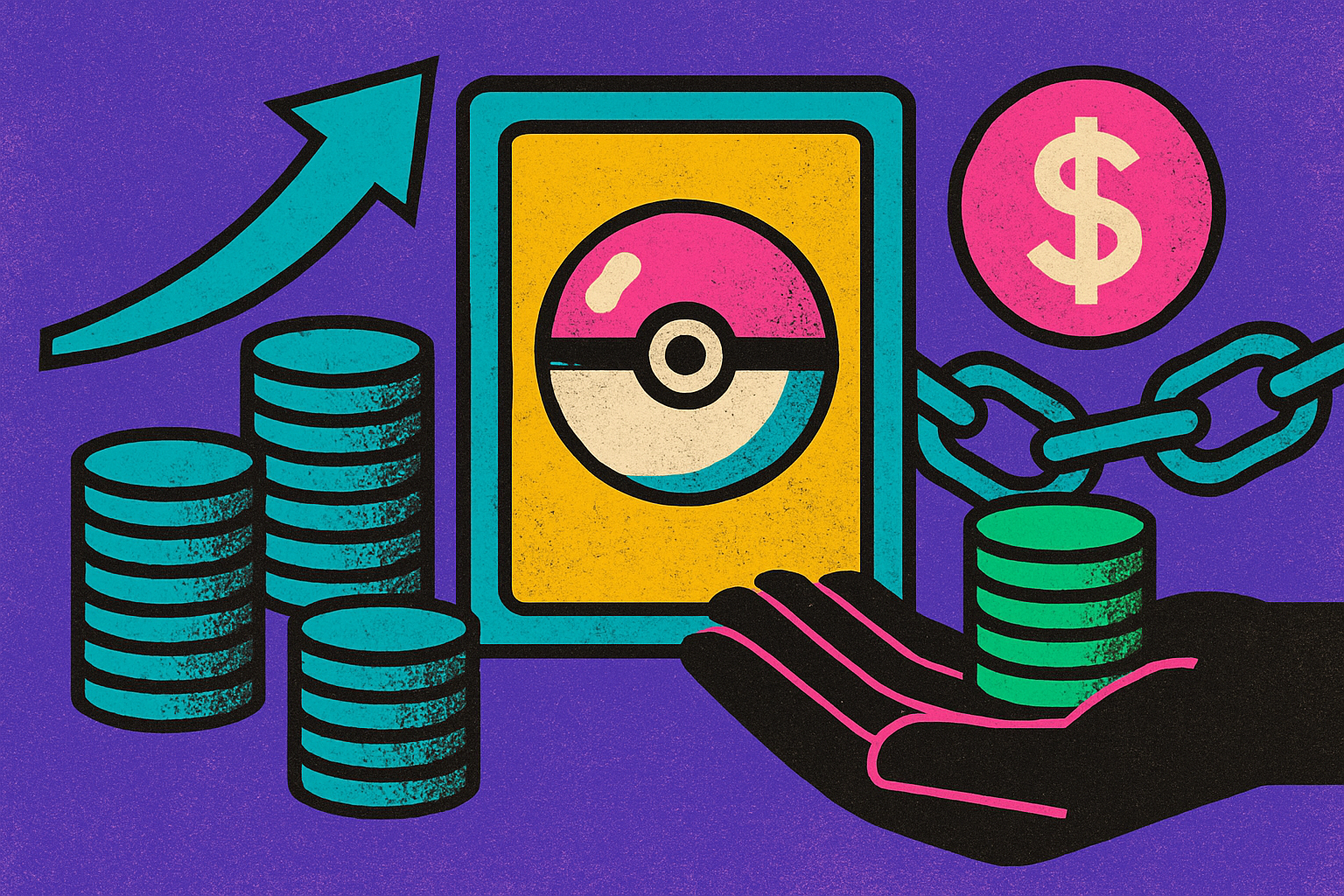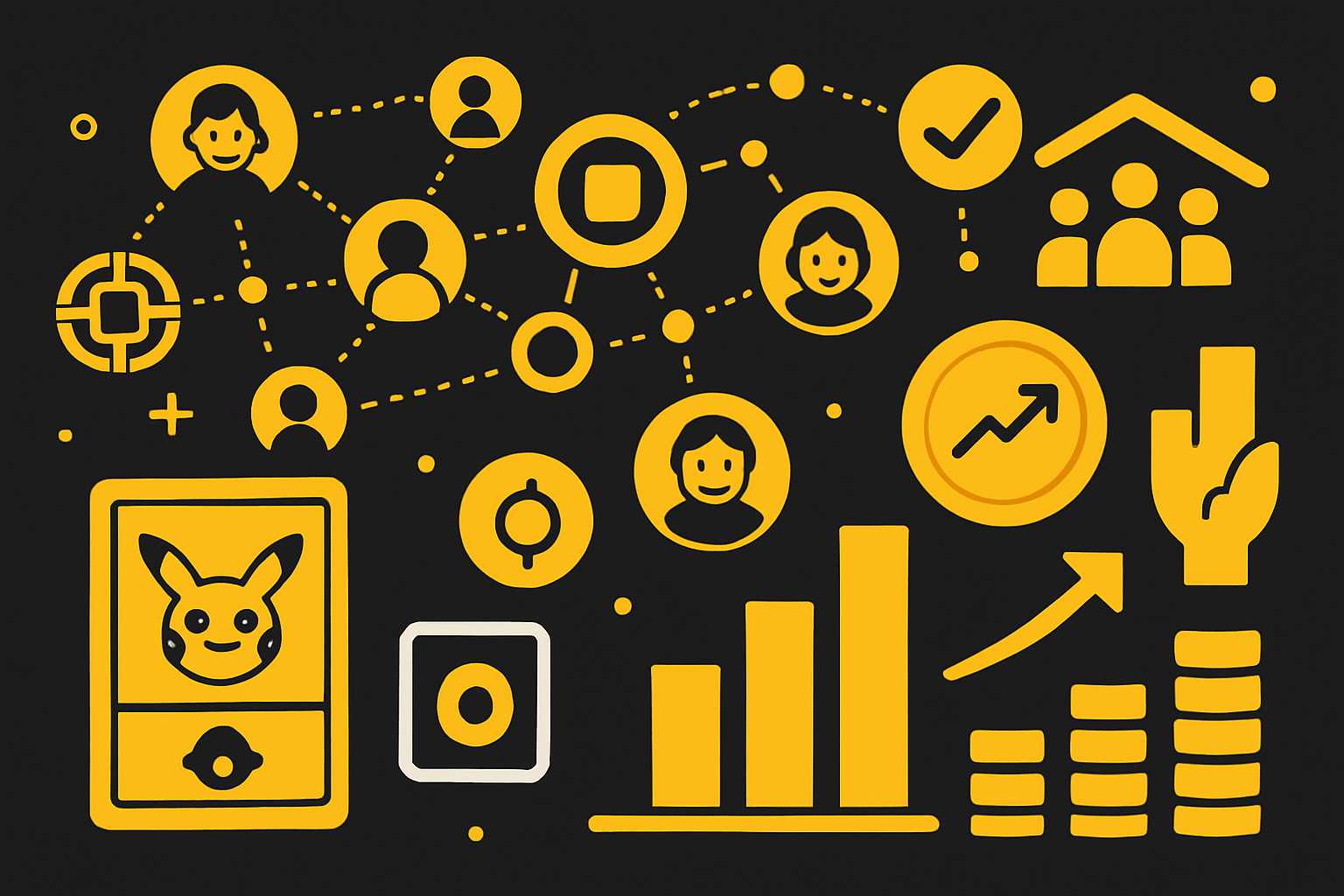
Tokenizing your Pokémon cards as NFTs is redefining what it means to be a collector in the digital age. No longer confined to binders and display cases, your prized Charizard or Pikachu can now live on the blockchain as a verifiable, tradable asset. This innovative approach bridges nostalgia with cutting-edge crypto technology, offering collectors unprecedented liquidity, proof of ownership, and global reach. As real world asset tokenization (RWA) surges across the trading card game (TCG) market, Pokémon card NFTs are leading the charge, empowering both seasoned collectors and crypto newcomers to rethink how they buy, sell, and showcase their collections.
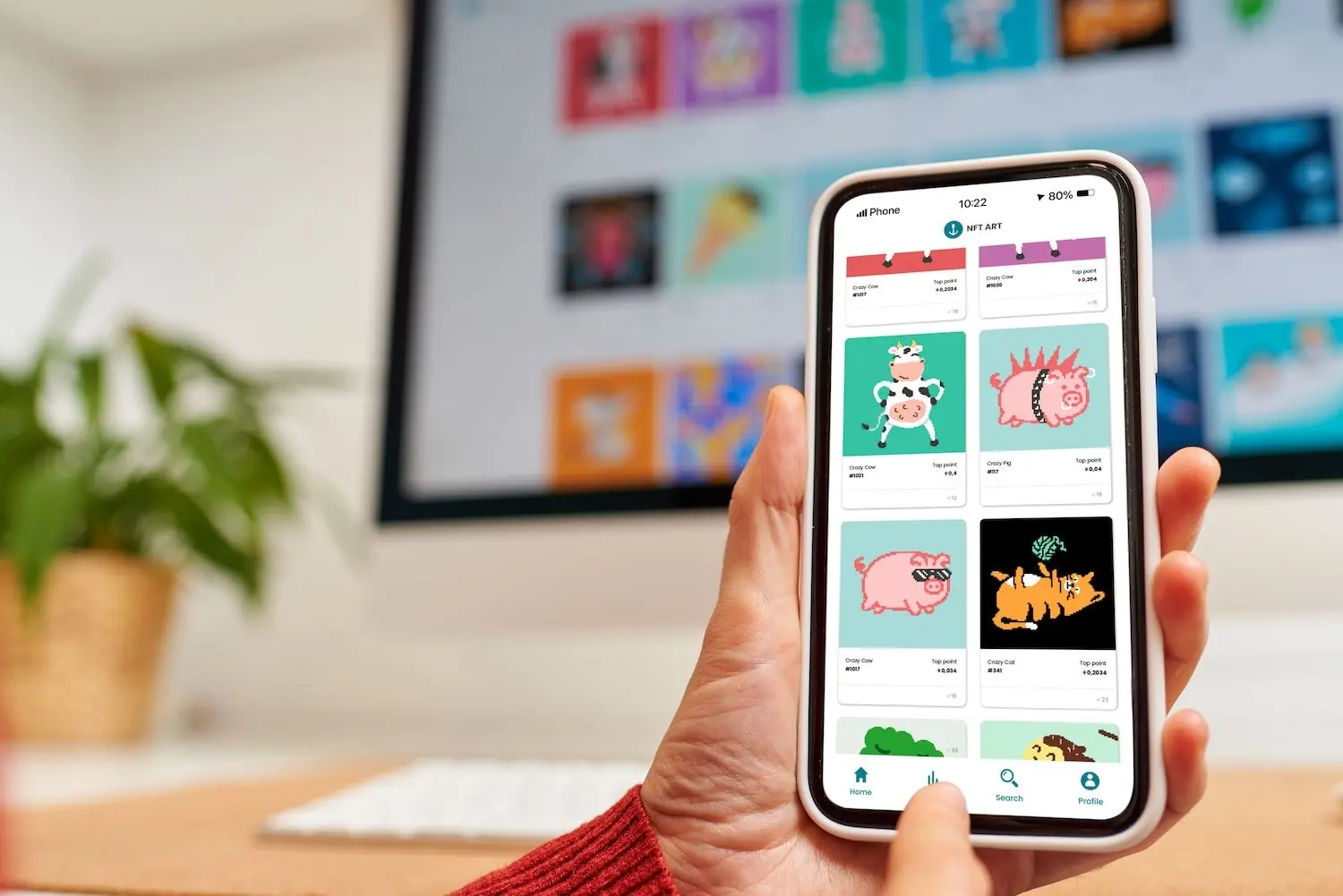
Why Tokenize Pokémon Cards? The RWA Revolution in TCG
For decades, Pokémon cards have been physical treasures, coveted for their rarity, history, and cultural significance. But physical assets come with challenges: authenticity disputes, storage headaches, and limited access to global markets. Enter tokenized Pokémon cards: blockchain-backed NFTs that represent real cards held in secure vaults or verified by advanced tech like NFC chips or QR codes.
This trend is more than hype. According to recent reports, projects like Collector Crypt have driven Pokémon card tokenization volumes past $124.5 million. With platforms integrating features like gacha vending machines and buyback guarantees, the market is evolving fast. The key advantage? Liquidity and trust. Tokenized cards can be traded instantly on NFT marketplaces with full transparency and provenance.
“Tokenization is unlocking new value for TCG collectors, bridging old-school passion with Web3 utility. “
Step-by-Step: How to Turn Your Pokémon Cards Into NFTs
Ready to join the movement? Here’s how you can tokenize your Pokémon cards and tap into the future of collecting:
1. Digitize Your Collection With High-Quality Images
The journey begins with capturing your card’s essence. Use a high-resolution camera or scanner in a well-lit environment, details matter for both authenticity and collector appeal. Make sure edges, holographic patterns, and set numbers are clearly visible.
2. Pick Your Blockchain: Ethereum Leads at $3,851.36
Choosing where to mint your NFT is critical. Ethereum remains the most popular blockchain for NFT projects, thanks to its robust infrastructure and active marketplaces like OpenSea and Rarible. As of October 22,2025, Ethereum is trading at $3,851.36, reflecting ongoing confidence despite recent volatility (24h change: -$34.13). Other blockchains, like Tezos or Binance Smart Chain, offer lower fees but may have smaller communities or less liquidity.
Setting Up Your Digital Wallet and Choosing an NFT Marketplace
Next up: you’ll need a crypto wallet compatible with your chosen blockchain, MetaMask and Trust Wallet are top picks for Ethereum users. Fund your wallet with enough ETH to cover minting (‘gas’) fees, which fluctuate alongside network activity and can impact your total cost.
Then select an NFT marketplace that supports trading card NFTs. OpenSea dominates in volume and visibility, but platforms like Courtyard Marketplace and Collector Crypt are making waves by specializing in TCG RWAs and offering perks like authentication guarantees and buyback programs.
With these essentials in place, you’re ready to mint your first Pokémon card NFT, bringing your collection directly onto the blockchain and into the hands of global buyers and fellow enthusiasts.
If you want an even deeper dive into every step, including advanced tips for linking your NFT to its physical counterpart, check out our comprehensive walkthrough at How to Tokenize Your Pokémon Cards as NFTs: Step-by-Step Guide for Collectors.
Maximizing Value: Linking NFTs to Real Cards and Trading Securely
Successfully minting your Pokémon card NFT is just the beginning. To truly unlock the benefits of real world asset tokenization TCG style, it’s crucial to establish an airtight link between your digital NFT and the physical card. This not only boosts buyer confidence but can also command higher prices in the secondary market. Leading projects are pioneering solutions like NFC chips embedded in card sleeves, QR codes affixed to top-loaders, or even secure vault storage with third-party verification. These innovations let collectors trade with peace of mind, knowing that every NFT is backed by an authentic, tangible asset.
Top 5 Benefits of Tokenizing Pokémon Cards as NFTs
-
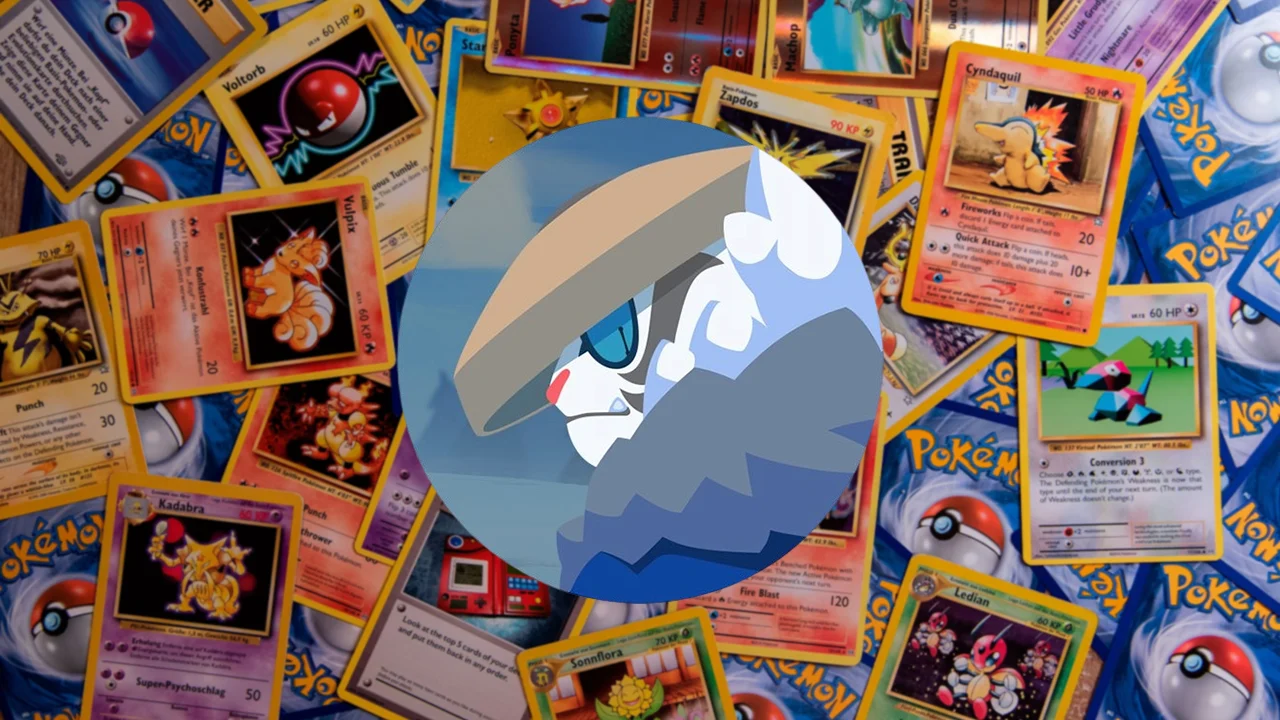
1. Verifiable Ownership and AuthenticityTokenizing Pokémon cards as NFTs provides tamper-proof proof of ownership on the blockchain. Platforms like Collector Crypt and Courtyard link each NFT directly to a real card stored in a secure vault, ensuring authenticity and eliminating counterfeits.
-
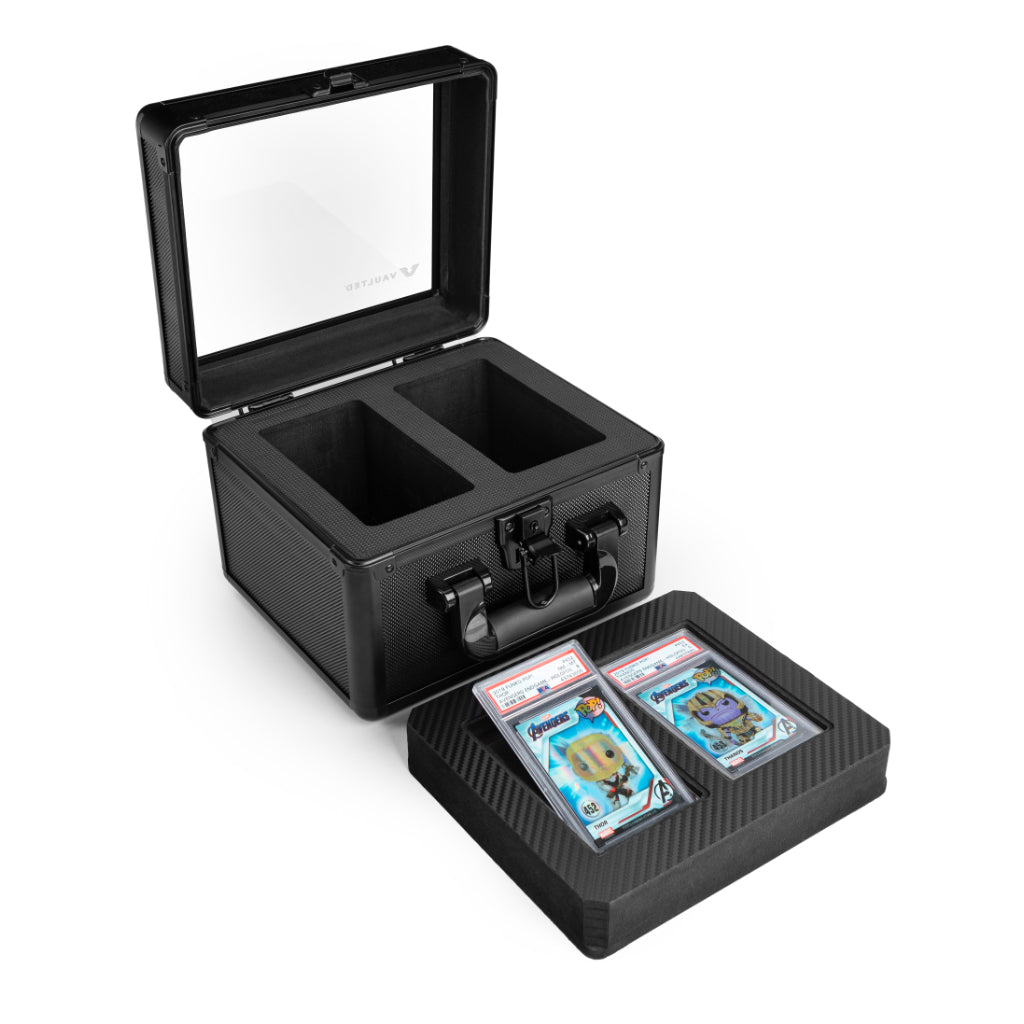
3. Enhanced Security and StoragePhysical cards are vaulted and insured by trusted platforms like Collector Crypt, reducing the risk of loss, theft, or damage. The NFT acts as a secure digital key to your collectible, while your card remains protected in professional storage.
-

4. Increased Market LiquidityTokenization brings greater liquidity to the Pokémon card market. Collectors can sell or fractionalize ownership of rare cards more easily, tapping into a global pool of buyers and even participating in features like gacha vending machines on Collector Crypt.
-
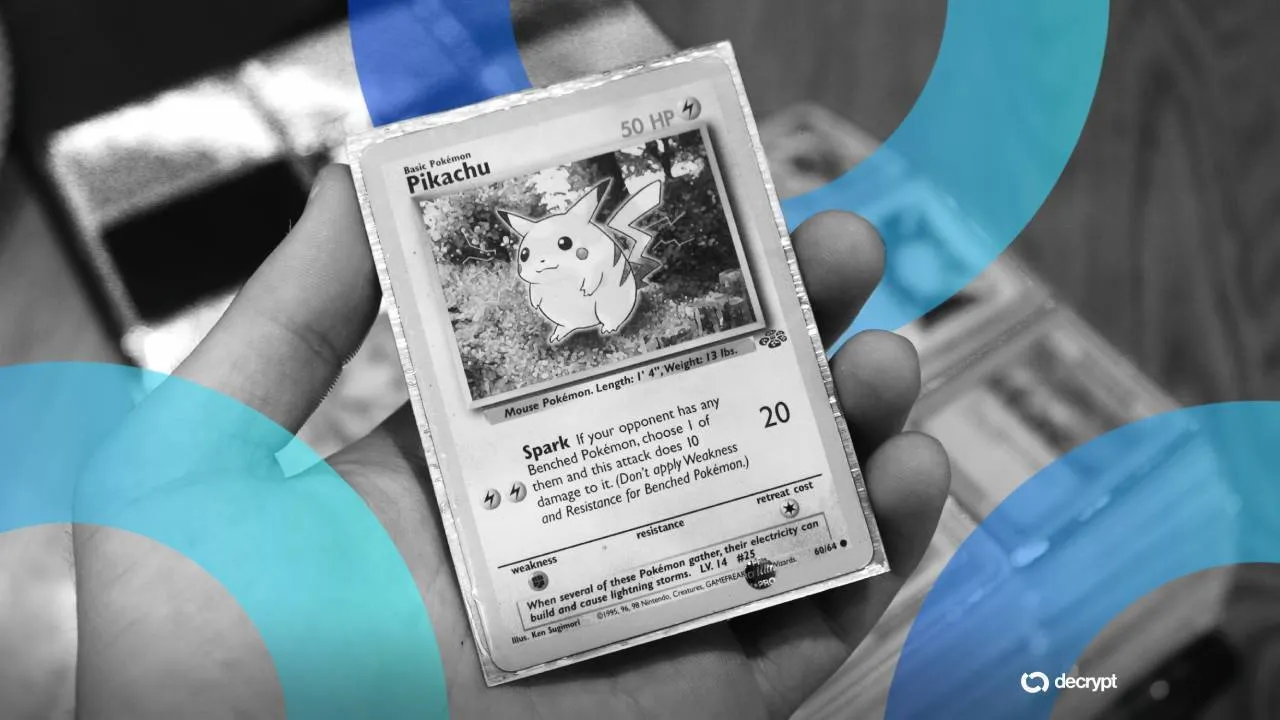
5. Transparent Transaction HistoryEvery sale, transfer, and ownership change is publicly recorded on the blockchain. This transparent history helps buyers verify provenance, track card values, and build trust in the market.
When it comes time to sell or trade, transparency is key. Always communicate clearly about how the physical transfer will occur, whether through direct shipment, escrow services, or platform-managed fulfillment. Many specialized marketplaces now offer insured shipping and dispute mediation to further protect both parties during high-value transactions.
Market Watch: Pokémon Card NFTs in a $124.5 Million RWA Ecosystem
The numbers speak volumes about this booming market. With tokenized Pokémon cards surpassing $124.5 million in on-chain trading volume and platforms like Collector Crypt seeing their $CARDS token surge in popularity, we’re witnessing a new era for both crypto and collectibles. The current Ethereum price provides $3,851.36: remains a critical metric for calculating your minting costs and future profits as you navigate this hybrid landscape.
Tip: Monitor ETH gas fees closely before minting; even small fluctuations can impact your bottom line when converting multiple cards at once.
“Pokémon card NFTs represent more than just digital ownership, they’re passports into a global collector economy where authenticity is transparent and liquidity is instant. ”
Where Next? The Future of Collectible RWAs on Blockchain
This isn’t just a fleeting trend, it’s the foundation for how collectibles will be owned, traded, and displayed going forward. As more platforms integrate advanced authentication methods and DeFi features (like fractionalization or lending against high-value cards), expect even greater utility from your Pokémon card NFTs.
If you’re ready to get started or want to explore advanced strategies, like leveraging buyback guarantees or understanding tax implications, visit our full guide at How to Tokenize Your Pokémon Cards as NFTs: Step-by-Step Guide for Collectors. The age of static binders is over; now every collector can participate in a dynamic, transparent Web3 marketplace that rewards both passion and innovation.

